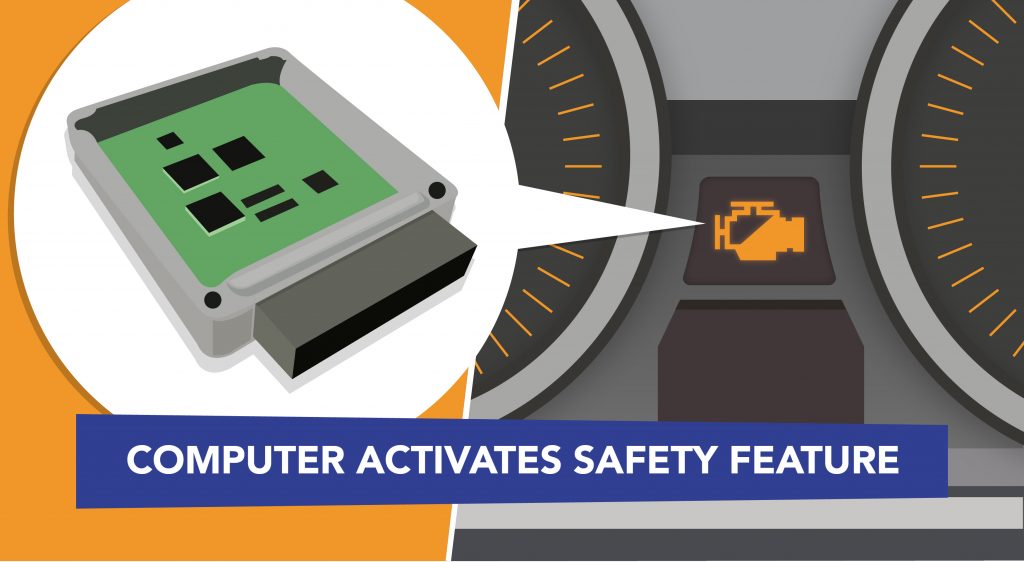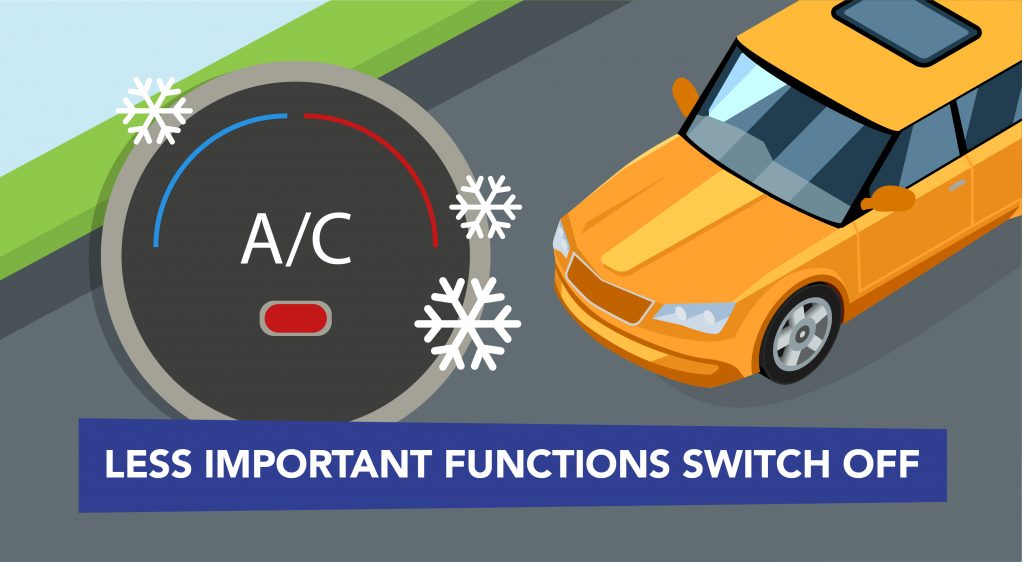Limp Mode: Causes and what to do about it
- Limp mode is a car security feature that activates when a fault is detected, reducing speed and switching off non-essential functions.
- It is triggered by abnormal signals from car components, such as faulty sensors, transmission issues, or low fluid levels.
- The best way to fix limp mode is to consult a mechanic who can inspect and resolve the underlying problem.
- Don’t ignore limp mode or the ‘check engine light’, as it is designed to keep you safe and could indicate an easy fix.
Listen to this article:

Not everyone is a car expert, and it can be pretty scary when your car starts acting strange for no apparent reason. One such occasion would be when limp mode activates – when your car suddenly slows down and the ‘check engine light’ comes on. Well don’t worry, we have compiled all the information you need on limp mode so you can prepare yourself and know how to handle it.
What is limp mode?
Also known as ‘limp home mode’, limp mode is a security feature in cars which activates when the engine or transmission control unit picks up a fault. Once it detects a problem, limp mode will cause the less important parts of the car, such as air conditioning, to switch off, and the speed of the car will be reduced. This is to ensure the fault doesn’t cause anything serious to happen and helps the car to ‘limp home’. The limp mode feature is designed to let you know that there are issues occurring with the mechanisms of your car, which could be detrimental and will need to be fixed immediately.

What are the causes of limp mode?
Limp mode is triggered by the car’s computer, which receives signals from all the different components of the car. When one of the signals is abnormal, the car will revert to limp mode to prevent further damage. Problems which cause signals like this are usually faulty engine sensors/components/wiring, transmission issues, dysfunctional brakes and clutch, or even low fluid levels.
Limp mode troubleshooting table:
| Problem | Symptoms | Causes | Solution |
| Limp mode | Check Engine Light | Problems with transmission wiring | Take your car to a mechanic as soon as possible |
| Rev Limit 2500-4000 RPM | Malfunctioning engine boost control | ||
| Under-boost | Defective engine components | ||
| Low performance | The engine sensors are faulty | ||
| Restricted functions | Problems with brake system wiring | ||
| Transmission shifting maximum third gear | Faulty engine wiring |
What to do about limp mode:
The best way to fix limp mode is to take your car to a mechanic where a professional can inspect it. This way, you can solve whatever problem the limp mode function was protecting your car from. If you cannot drive immediately to a service centre, or you are too far away, then ask them to come to you. It is unsafe to drive your car for considerable lengths of time in limp mode, so make sure you take it to a garage as soon as possible.
Some people view limp mode as an inconvenient feature which stops their car from working properly and won’t let them get where they need to be. This is unfortunate as the feature is designed to keep you safe and make sure nothing serious happens. It is not a good idea to ignore limp mode or the ‘check engine light’ out of fear that it will be a big, costly job to fix. Sometimes limp mode may be indicating a problem which is an easy fix, such as the fluid needs to be filled, or a wire must be reconnected, so it is not always an expensive problem.
If your car goes into limp mode, or you notice the ‘check engine light’ flashing, the experts at Mr Tyre can help. We can perform diagnostics by linking your car to our computer scanning equipment, then our technicians can pinpoint the issue and solve it. Mr Tyre has been performing professional car diagnostics in the Central England region for over 40 years, so don’t hesitate to contact us today.


